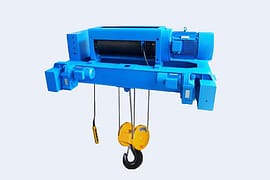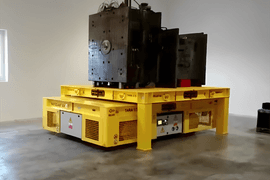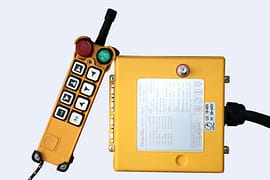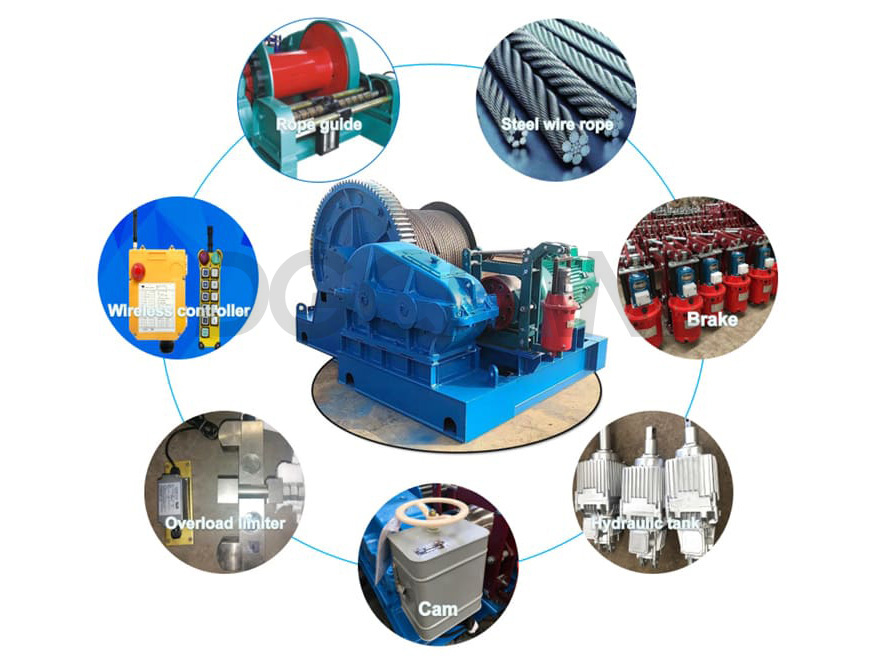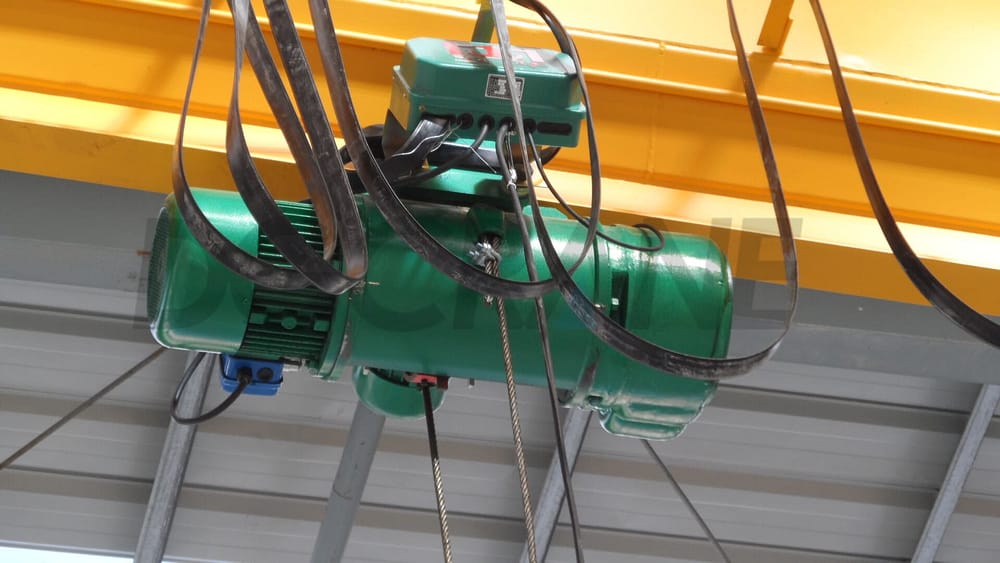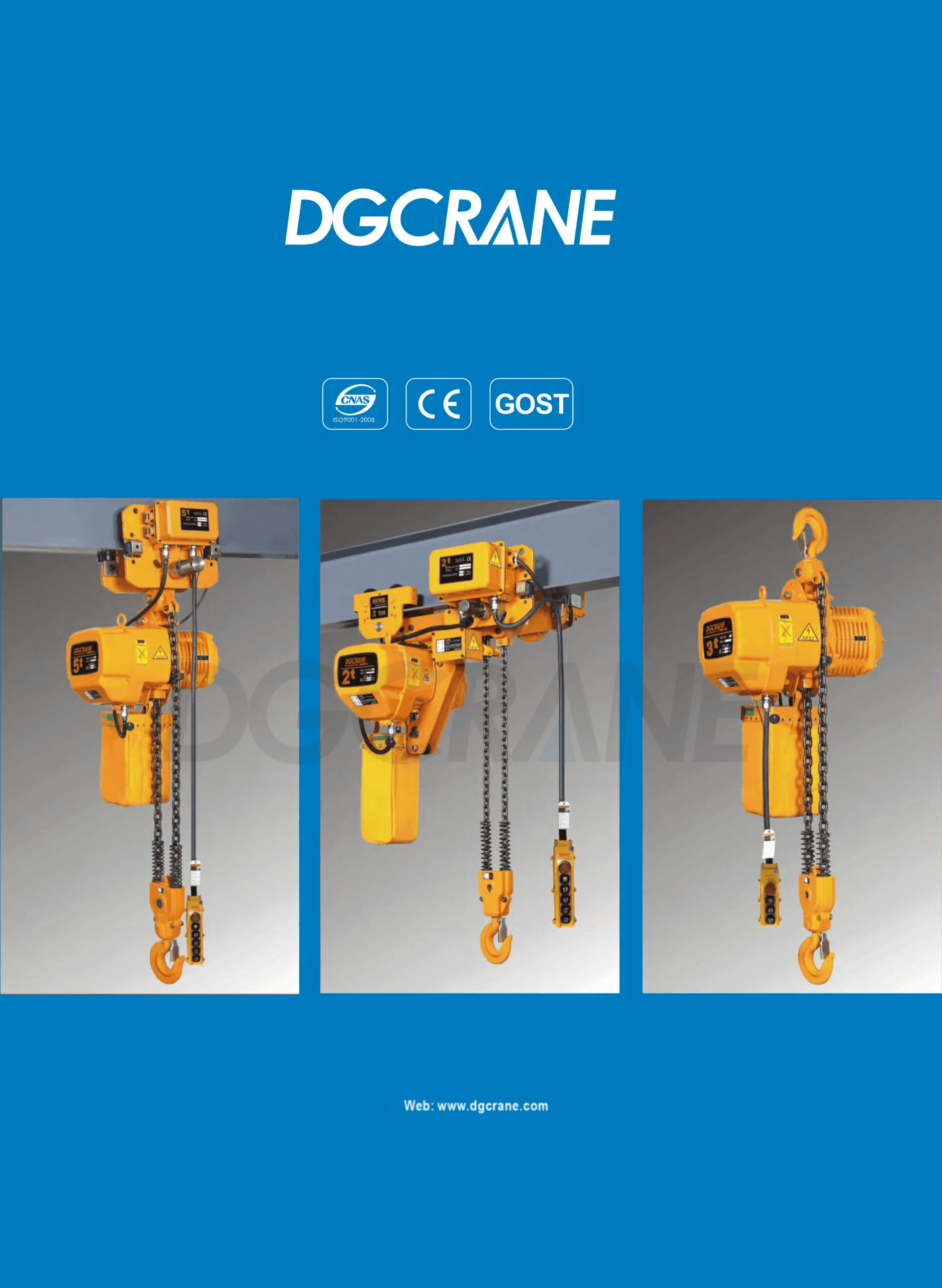Hoist vs Winch: Can a Hoist Be Replaced by a Winch?
When it comes to lifting heavy loads, two commonly used tools are Hoists and Winch. Both of these devices serve the purpose of lifting and moving objects, but they have distinct characteristics and applications. Understanding the difference between a hoist and a winch trolley is crucial for selecting the right tool for the job.
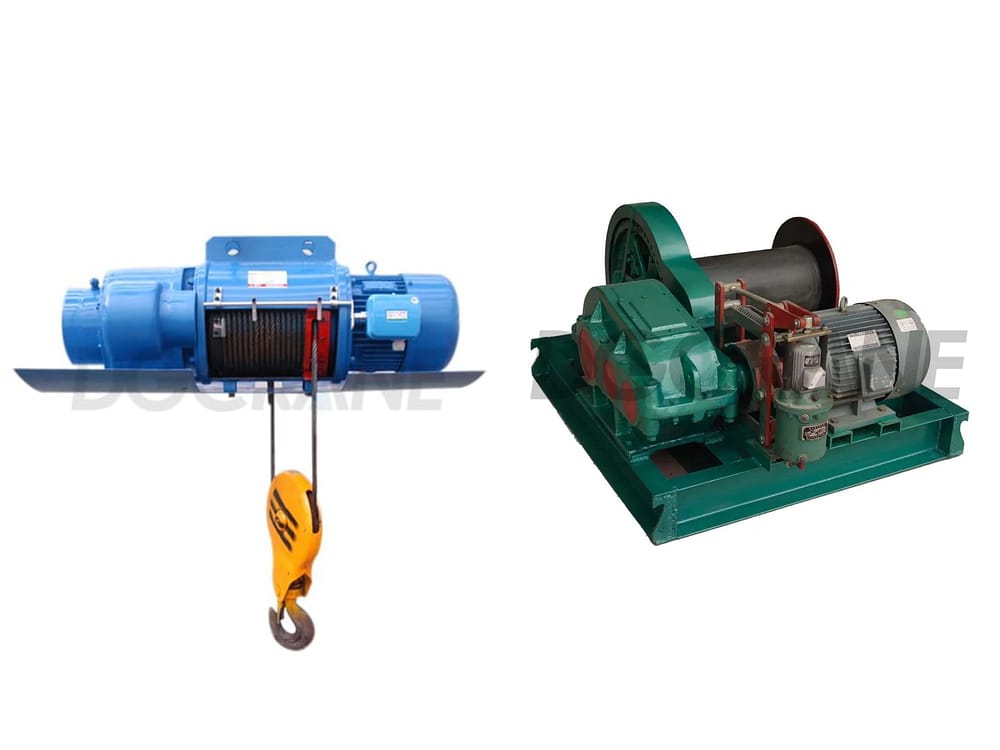
Difference Between Hoist and Winch
While both Hoists and Winch used for moving loads, there are several key differences between them:
Purpose and Applications
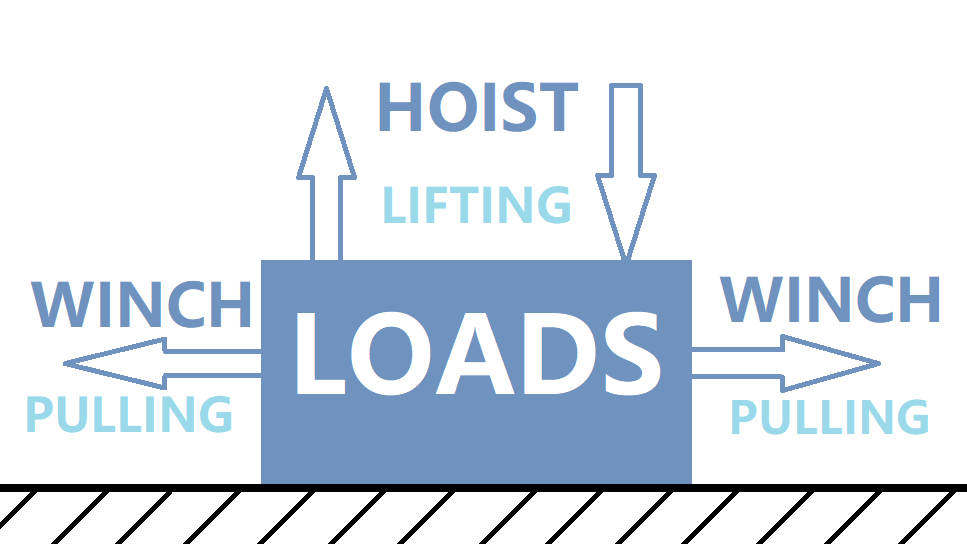
- Hoist: It is used for lifting and lowering heavy objects vertically. It consists of a drum or a lift wheel around which a chain or wire rope is wound. Hoists are extensively employed in construction sites, manufacturing plants, and warehouses.
- Winch: It is designed to pull loads horizontally, consisting of a drum or a spool around which a cable or rope is wound. It is often used for tasks such as pulling vehicles, moving heavy machinery, or positioning loads in tight spaces. Winch trolleys find applications in workshops, garages, and outdoor activities.
Mechanism and Design
- Hoist: It uses a drum or lift wheel to wind a chain or wire rope, enabling vertical lifting. The lifting mechanism is typically driven by an electric motor, manual force, or hydraulics, depending on the type of hoist. The design of hoists ensures stability and control during lifting operations.
- Winch: On the other hand, it employs a drum or spool to wind a cable or rope for horizontal pulling. The design of winch trolleys focuses on providing smooth and controlled horizontal movement. The components of a winch are shown below:
Load Capacity and Lifting Speed
- Hoist: Generally, it has higher load capacities compared to winch trolleys. It is capable of lifting heavy loads, ranging from a few hundred pounds to several tons, depending on the type of hoist. Hoists also offer variable lifting speeds, allowing operators to control the rate of ascent or descent.
- Winch: It is typically designed for lighter loads. Winches are suitable for pulling or moving loads within a certain weight range, which can vary depending on the specific winch trolley model. As for lifting speed, winch trolleys often have a fixed pulling speed.
Mobility and Flexibility
- Hoist: It is typically mounted on a fixed structure, such as beams of overhead cranes and gantry cranes. Once installed, it provides a stable lifting solution but lacks mobility. However, certain types of hoists, such as portable electric hoists, offer greater flexibility as they can be moved to different locations.
- Winch: It is inherently mobile, often equipped with wheels, or can be mounted on trolleys or vehicles, allowing for easy transportation. Winch trolleys are highly flexible and can be used in various locations where horizontal movement is required.
So, Can Hoists Be Replaced by Winches?
Generally, when the winch isn’t particularly designed for this purpose, it is not safe to replace a hoist with a winch to lift loads up off the ground. One of the key reasons lies in their braking systems:
Hoists use mechanical brakes that are specifically designed to lock and support the load. This system is for vertical lifting and is installed with load limiters. Winches normally use dynamic brakes designed to support rolling loads, not lifting dead weights. When pulling loads, the gears of a dynamic braking system automatically lock, but lifting vertically can exceed the allowable tension of this system, causing loads instability and potential damage to the gears.
Factors to Consider When Choosing Between a Hoist and a Winch
When deciding between a hoist and a winch, several factors need to be considered:
- Weight and Size of the Load: Evaluate the weight and dimensions of the objects you need to lift or move.
- Space and Environment: Assess the available space and the environment where the lifting operation will take place. Hoists require vertical clearance, while winches require horizontal maneuvering space.
- Safety and Control: Consider the level of safety and control required for the lifting operation. Hoists provide precise control over vertical movements, while winches excel in horizontal pulling with secure locking mechanisms.
- Cost and Maintenance: Take into account the initial cost, maintenance requirements, and operational expenses of the hoist or winch trolley. Compare the costs and weigh them against your budget and long-term needs.
Conclusion
In conclusion, hoists and winches are valuable tools for lifting and moving objects, but they serve different purposes and have distinct features. Hoists are designed for vertical lifting, while winch trolleys excel in horizontal pulling and moving loads. By considering factors such as load capacity, mobility, and specific application requirements, you can choose the right tool for your lifting needs.
FAQs
- Q: Are winches suitable for lifting heavy loads?
A: Winches are generally designed for lighter loads. If you need to lift heavy objects, a hoist would be a more suitable choice. - Q: Which is more portable, a hoist or a winch?
A: Winches are typically more portable due to their mobile design and often being equipped with wheels for easy transportation. - Q: What maintenance is required for hoists and winches?
A: Regular inspection, lubrication, and adherence to manufacturer’s guidelines are essential for the maintenance of both hoists and winches. Periodic inspections and checks of components, such as cables, chains, and brakes, are also necessary to ensure safe and reliable operation.
DGCRANE is a crane expert from China. More information about lifting equipment is on www.dgcrane.com. To get your own solutions, contact us now!














































